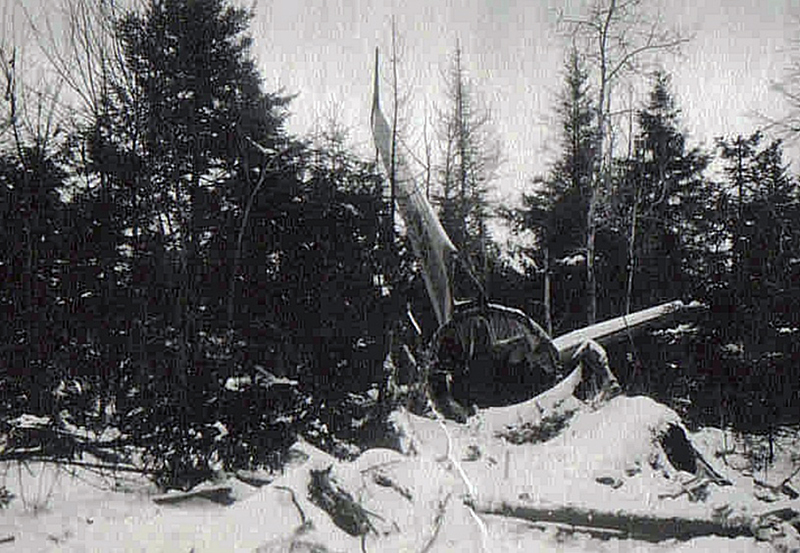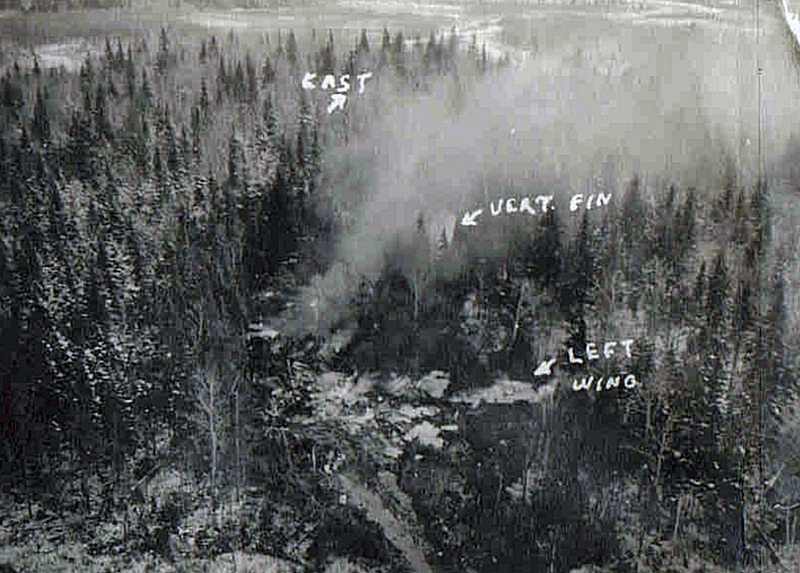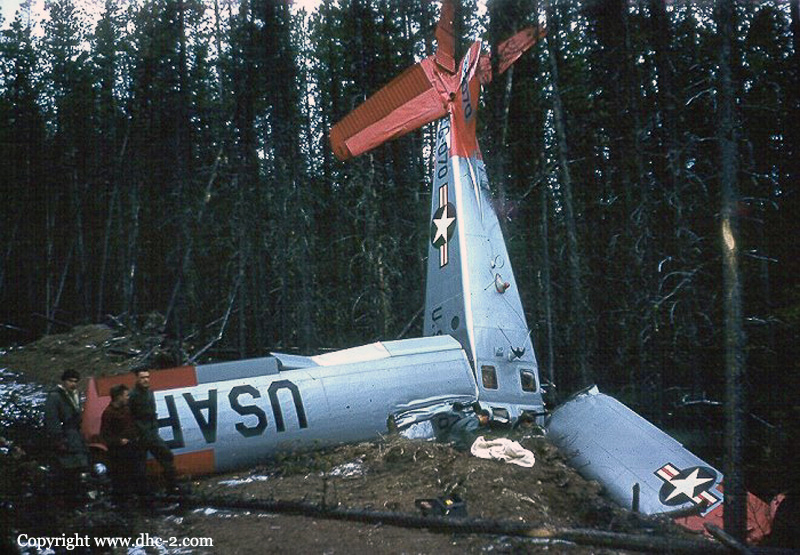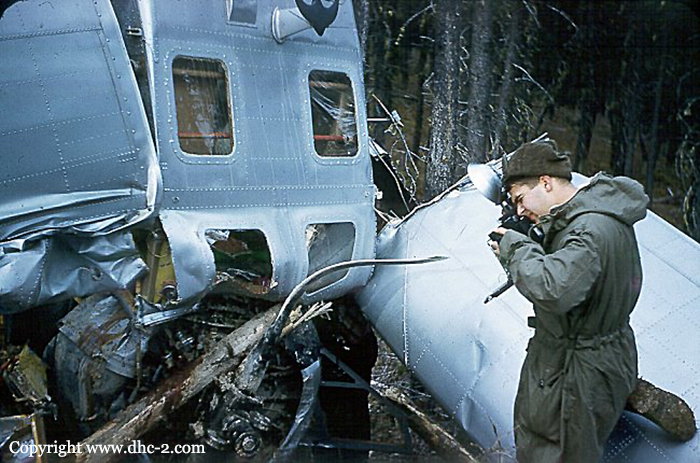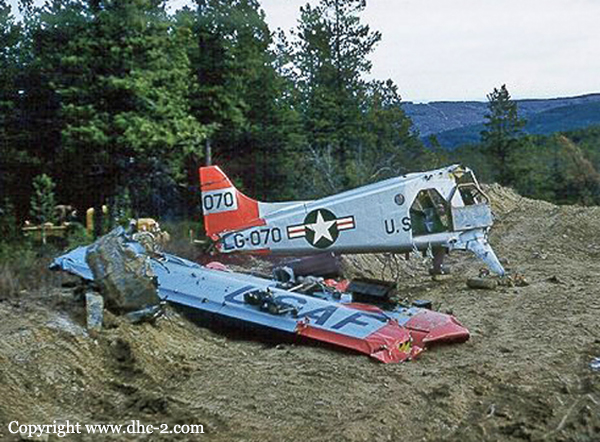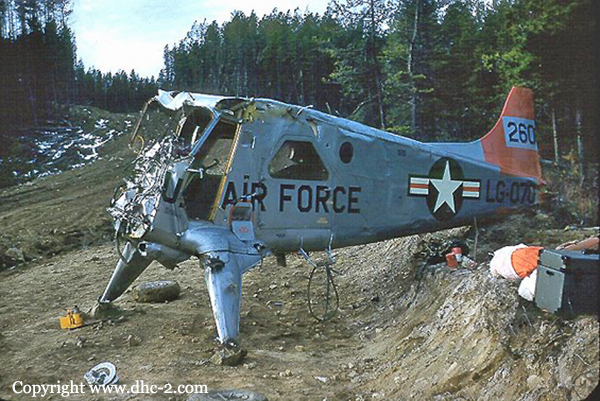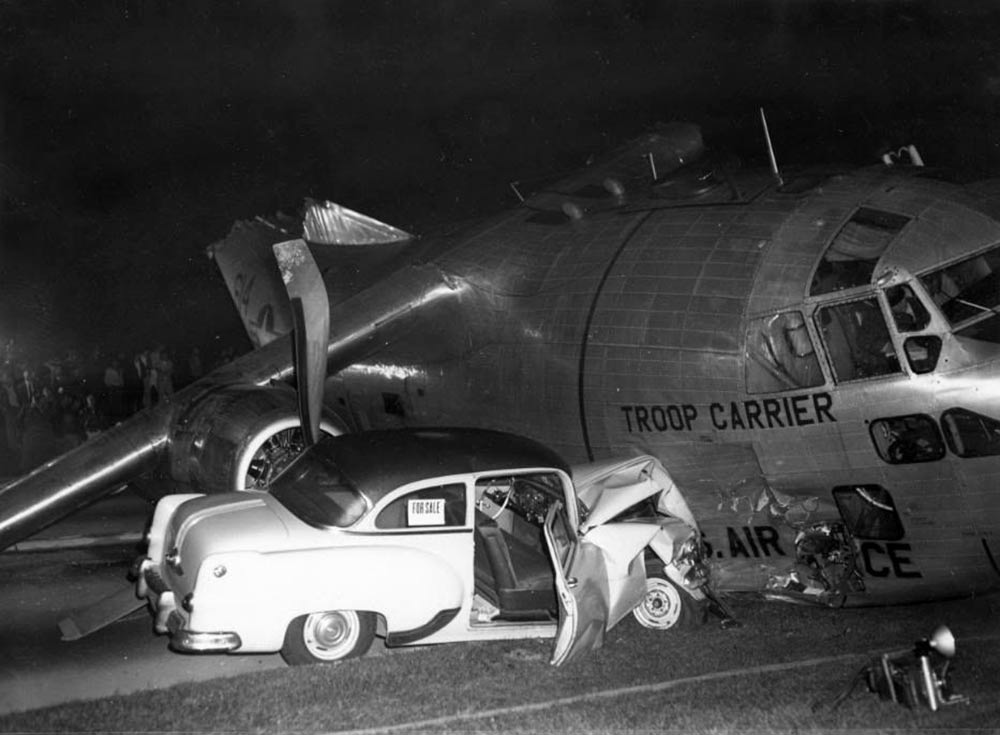Crash of a Boeing B-52B-25-BO Stratofortress at Castle AFB
Date & Time:
Jan 29, 1959
Registration:
53-0371
Survivors:
Yes
Schedule:
Castle - Castle
MSN:
16850
YOM:
1953
Crew on board:
0
Crew fatalities:
Pax on board:
0
Pax fatalities:
Other fatalities:
Total fatalities:
0
Circumstances:
During the takeoff roll, at high speed, the captain decided to abandon the takeoff procedure for unknown reason. Unable to stop within the remaining distance, the B52 overran and came to rest in a field. There were no injuries but the aircraft was damaged beyond repair.


